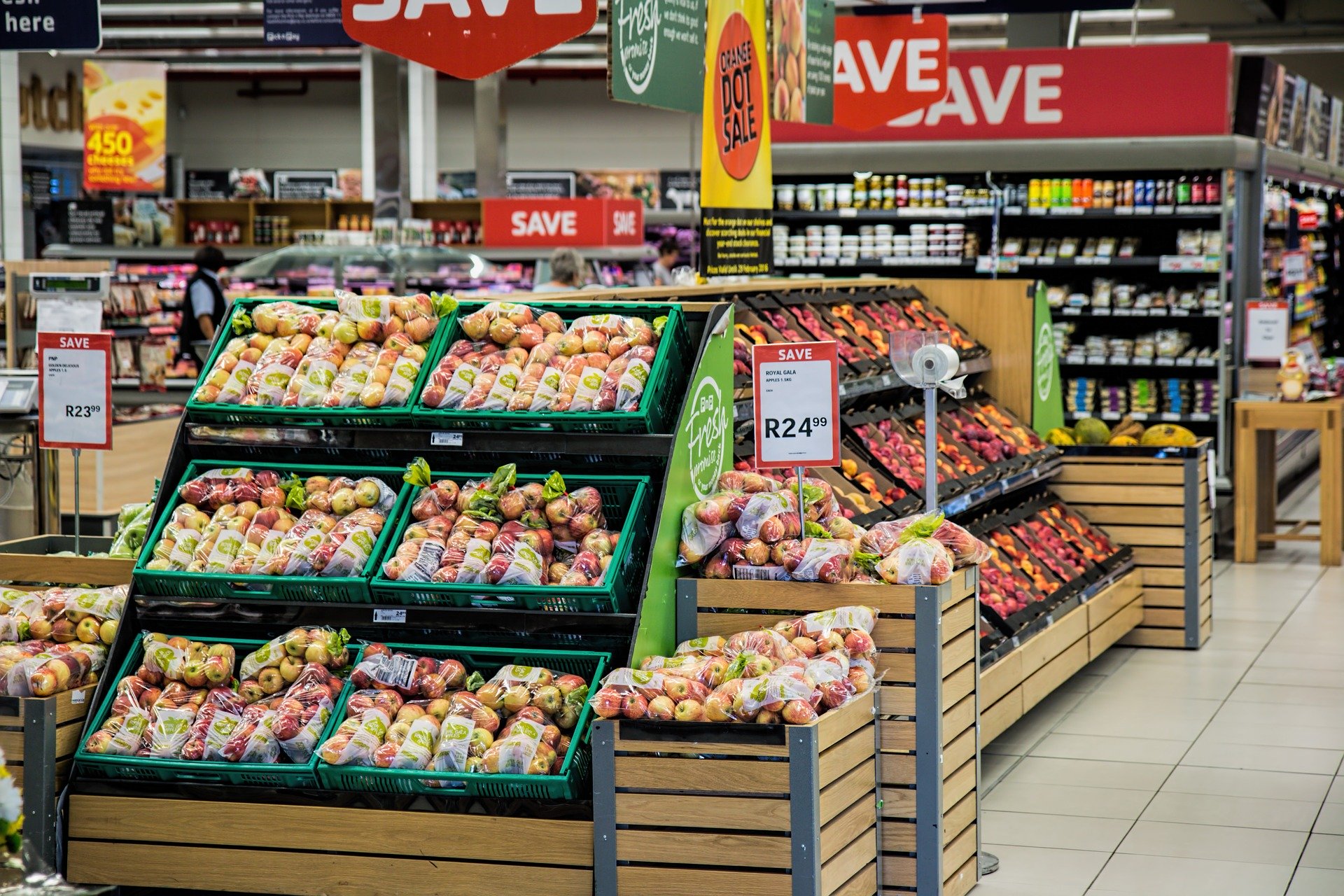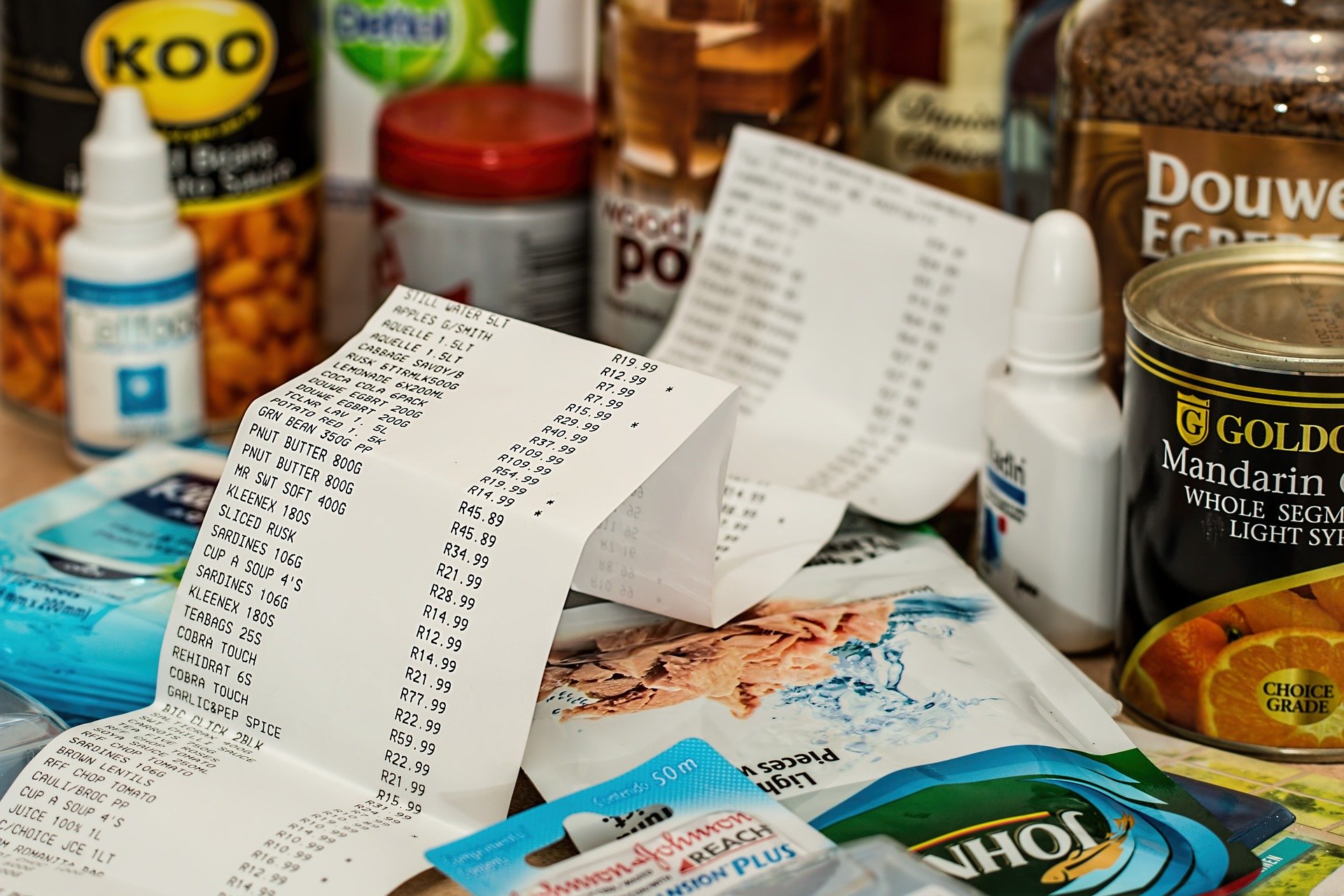


Prof. Pankaj Priya (View Full Profile)
Area Head – Marketing & Retail
Professor of Marketing



The enormity of the COVID 19 pandemic has brought about a significant change in our day to day activities and has resulted in a tectonic shift in our orientation as a consumer. The intensity of ‘mindful consumption’ would herald a new era in the world of consumerism. The additional impact of low disposable income due to a depressed economy would result in people moving from ‘Luxury’ to ‘Essentials’. The redefined essentials category would largely consist of two sub-categories, namely, wellness and hygiene.
Though the two are highly correlated, post COVID-19 would see their emergence as full evolved categories in themselves, they being the best manifestation of mindful consumption in the present context. The heightened consciousness to safeguard oneself from COVID-19 or any other disease which may compromise their immunity has resulted in an increased demand for various products belonging to the above two categories. The discerning customers would now probe much deep to understand the usefulness of a product, know each ingredients of the product they would like to consume, quantity of consumption and the occasion of consumption.

At the same time, the orientation of the society at large is to get close to nature, hence the re-emergence of the age-old belief of the Indian civilization – “consume for living and not live for consuming”. Therefore, the marketers will have to carve out a strategy to balance the two. This would require pruning the product line to wean out the ‘non-essentials’ now construed to be luxury and strengthen their presence in the essential category.
Various products in the hygiene category are being sought by consumers namely soap, masks, sanitizers, disinfectants, phenyl, bleaching powder, even resorting to homemade solutions comprising water, neem leaves and potash alum. People have resorted to house warming by camphor fumes. Wellness segment would experience an enhanced sale for products like protein/vitamin supplements, probiotic dairy products, fortified cereals, salt and sugar, fruit concentrate and Ayurveda based natural immunity boosters like Amla, Giloy, Tulsi and Aloe vera.
Given the above scenario, marketers, especially, FMCG players would be well advised to focus on these two segments to sustain themselves in the long run. Even pharma brands and OTC marketers which are closely positioned to these two categories have already made a foray in these segments with Cipla launching CIPHANDS sanitizers, Reckitt Benckiser launching Dettol disinfectant spray, ITC launching Savlon Hand Sanitizers and HUL aggressively re-marketing its Lifebuoy Hand Sanitizers, which they had launched way back during the pandemic created by Swine flu in 2010. As consumers are seeking 24X7 hygiene, it would be logical for these players to increase the category penetration by extending and deepening the product line with variants and range of SKUs.

This would entail launching specific products for meeting different forms of hygiene needs at personal (body), domestic and out of home level while travelling, attending social functions and various other outdoor activities. This would demand heavy investment in product development, promotional and distribution activities. As customers have become more health conscious, brand image and the resultant trust in the brand would increase the chances of preferring known brands over small or marginal ones. Therefore, large and established players should leverage their flagship brands and follow a brand extension strategy for rapid growth in volumes.
Wellness category has been growing consistently over the last few years, but will witness an exponential boost in the near future. Each and every product consumed by people should be based on wellness plank. Even hygiene support products could be based on active ayurvedic ingredients, an example being mosquito repellant releasing neem-based chemicals, room and car fresheners having active ayurvedic ingredients, beds and mattresses manufactured with cotton fillings.
Though vitamin/ protein supplements have been the traditional sub-categories which have been largely promoted by pharma and FMCG companies, the phenomenal growth achieved by the Ayurveda based OTC products (largely due to Patanjali Ayurveda) have encouraged pharma retail chains like Guardian pharmacy and Apollo pharmacy to launch their own private labels.
The present crisis will push other players in FMCG and Pharma industry having a robust distribution set up and popular brands to enter these segments. Similarly, marketers should come up with offerings dealing with all aspects of wellness largely based on Ayurveda formulations as consumers perceive them to be akin to natural products. This entails that marketers should develop a large product mix for boosting overall immunity as well as focusing on each organ(s) of the human physiology or a products having multiple benefits to cater to the specific needs of persons with differing physiological conditions. This strategy would also incorporate seasonal fruits and/or vegetable-based products. Dabur and Himalaya Herbal Care have successfully used this model over the years, yet there is ample scope to scale it up further.

Needless to say, the value chain has to be strengthened from procurement to last mile delivery. The present crisis has exposed the weakness of our cold chain infrastructure. Therefore, marketers need to invest heavily in all nodes of the value chain, right from contract farming to customized delivery. But in a country as vast and diverse as India, a sustainable operation can be established only on the basis of networking with the local players at every level of the value chain.
Given the current liquidity situation, marketer would have to additionally invest in capacity building programs of regional partners to streamline supply and support activities. They should be prepared to absorb the cost incurred due to demand fluctuations, at least in the short and medium term which would be a roller coaster ride for the economy at least till the next year. These initiatives would help in providing customized products at the regional level under an umbrella brand to the population at lower cost in a short span of time as lower prices alone can boost demand in the short and medium term.

The collateral effect of this strategy would be the much-needed financial support to farmers, reduced wastage of food items, supporting SMEs in production as well as delivery, contributing to the health of the consumers and reducing the pressure on our fragile health infrastructure. With the increasing interest in Ayurveda as an alternate system of treatment across the world in the last few years, Indian marketers would do well to promote various ayurvedic formulations abroad. A spurt in the sale of the most popular traditional immunity booster ‘Chyawanprash’ across India by all concerned players is an example worth emulating. The resultant impact would be their contribution in bringing the Indian economy on track.
The sooner the Indian FMCG, OTC and Pharma marketers start rethinking their strategy for the medium and long term, faster would be their revival and greater the chances of achieving sustainability.
#Covid19 #coronavirus #StrategicImperatives










